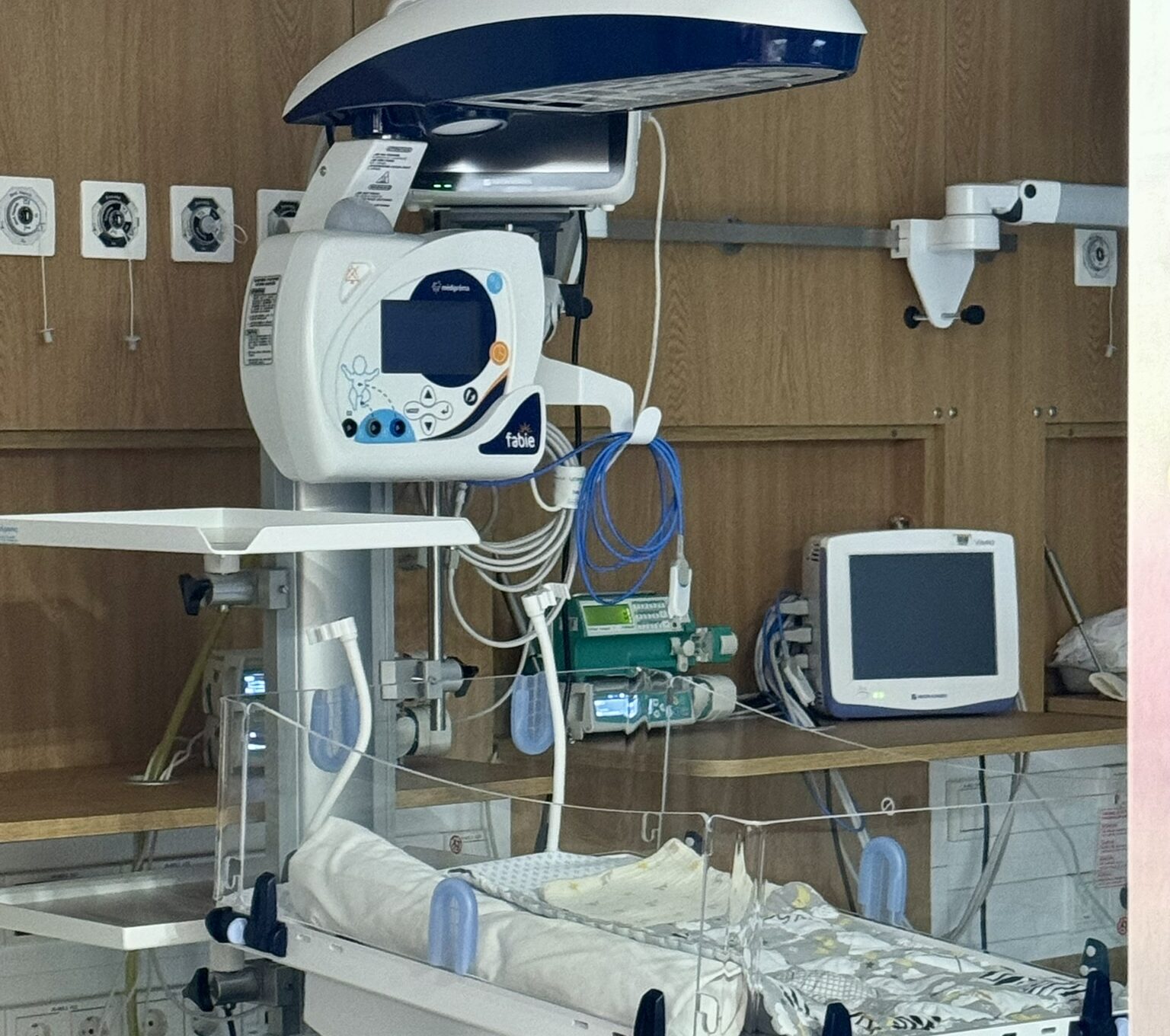Last year, the Tartu University Hospital Children’s Foundation, with donations from companies and private individuals, purchased 11 new medical devices for the Children’s Clinic and the Neonatal and Pediatric intensive care unit of the Tartu University Hospital, some of which will help to provide life-saving care for premature babies. In addition, the waiting rooms and some of the cabinets have been made more child-friendly. All in all, it cost €304,000.
“It is very important for the Children’s Foundation that children in Estonia have the best possible treatment options and environment, and that is why every year, together with our generous donors, we purchase the equipment and supplies that the clinic needs most. Moreover, we have a dream – if the state wouldn’t charge us 22 percent VAT on the purchase of this equipment, we would be able to do even more for the little patients,” says Eveli Ilves, Support Manager and Board Member of Tartu University Hospital Children’s Foundation.
“Neonatal and pediatric intensive care has undergone a powerful evolution over the past 20 years. The functions and quality of medical equipment have improved, as have treatment outcomes. Increasingly, intensive care is moving towards putting the family at the centre of the whole treatment process: with innovative medical devices, we can bring the ill child closer to the family and reduce the fear of the intensive care environment. The devices also bring ease of use for the staff,” says Annika Tiit-Vesingi, Head of the Neonatology Department at Tartu University Hospital.
From the resuscitation table to hologram devices
Babies born prematurely often need urgent help, and now there is a stabilization table for premature babies at the maternity ward of Tartu University Hospital: thanks to a new solution, the newborn’s breathing can be supported, while the baby is still connected to the mother via the umbilical cord. In this way, the baby does not have to be separated from its parents for first aid, but the family can be with the baby, touching it and cutting the umbilical cord. The life-saving equipment was funded by the Estonian American Fund and Žemaitijos pienas.
In the neonatal ward, three open NICU beds were installed, which keep the premature baby at the right temperature and are designed to be child- and parent-friendly: compared to a closed NICU, the family can better interact, touch and talk to the baby. The purchase was supported by Selver AS. In addition, a device has been purchased to monitor the brain oxygenation of newborns and infants.
A resuscitation and rewarming table specially designed for young patients will soon arrive at the cardiac surgery unit, which can be used during cardiac surgery and to help maintain a child’s body temperature to avoid excessive energy expenditure after surgery.
An important addition to the neonatal and pediatric intensive care wards is the video laryngoscope, which helps to improve the intubation of small patients, whether for initial stabilization, resuscitation or surgery. The video laryngoscope is also an important tool for teaching students and residents at the University Hospital. Baltic Agro helped to purchase the equipment.
Tartu University Hospital also received new equipment for the collection and analysis of sweat chloride, two fluorescent lamps to treat newborn jaundice, and a warming bed for twins so that premature siblings can recover side by side. MTÜ Seiklushunt helped to purchase the warming bed and Solifinance OÜ and Alfey Solutions OÜ the phototherapy equipment.
To make it easier for children to go to the doctor and undergo sometimes uncomfortable or even painful procedures, the waiting and doctor’s rooms at the children’s clinic have been upgraded. Activities include electric cars, an interactive play table and board and more, as well as attention-grabbing hologram machines, bed carousels, projectors and even three pairs of virtual reality glasses.






